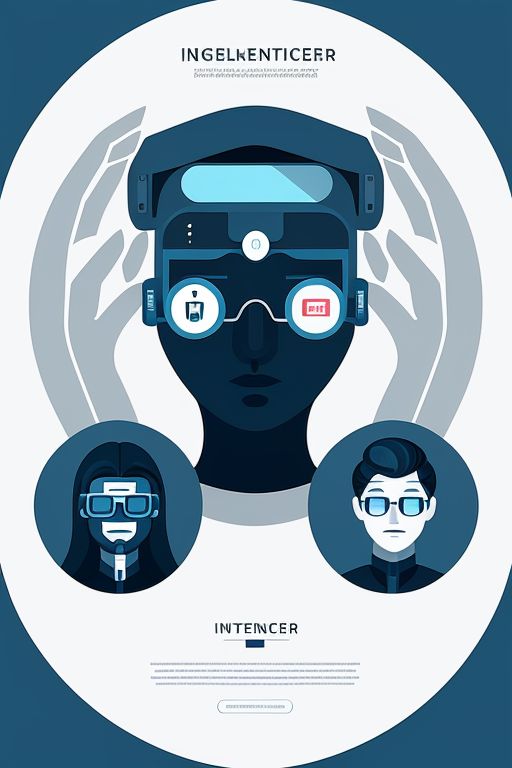
Introduction
Virtual Reality (VR) technology has taken giant strides in recent years, transforming the way we experience digital content. One area where VR is making a significant impact is influencer marketing. Influencers, individuals with a strong online presence and the ability to sway audience opinions, are increasingly using VR to create immersive experiences for their followers. In this blog post, we’ll delve into the world of influencer VR marketing, exploring the immersive experiences it offers and the challenges it presents.
Immersive Experiences in Influencer VR Marketing
- 360-Degree Tours: Influencers can use VR to take their followers on virtual tours of destinations, homes, or events. This immersive experience allows audiences to feel like they are right there with the influencer, enhancing engagement and connection.
- Product Demonstrations: Influencers in various niches, such as gaming, fashion, or tech, can use VR to demonstrate products and services. This allows followers to experience products firsthand before making purchase decisions.
- Live VR Events: Live-streaming in VR enables influencers to host events, such as concerts, Q&A sessions, or workshops, where followers can participate in real-time from anywhere in the world.
- Virtual Try-Ons: In the fashion and beauty industries, VR enables influencers to offer virtual try-ons, allowing followers to “try on” makeup, clothing, or accessories in a digital environment.
- Educational Content: Influencers can use VR to provide educational content in a more engaging manner. For instance, science influencers can take their audience on virtual tours of laboratories, making learning fun and immersive.
Challenges of Influencer VR Marketing
- Cost and Accessibility: VR technology can be expensive, both for influencers and their followers. This limits accessibility, as not everyone may have access to VR headsets or devices capable of running VR content.
- Content Creation Complexity: Creating VR content is more complex and time-consuming than traditional content. Influencers need to invest in specialized equipment and software, and the learning curve can be steep.
- Audience Reach: VR content may not reach as wide an audience as traditional content due to the limited adoption of VR technology. This can be a barrier for influencers seeking broader reach.
- Motion Sickness: Some users experience motion sickness when using VR, which can negatively affect their experience and perception of the influencer’s content.
- Data Privacy Concerns: VR experiences often involve collecting user data, raising privacy concerns. Influencers must be transparent about data usage to maintain trust with their audience.
Conclusion
Influencer VR marketing is a cutting-edge approach that offers immersive and engaging experiences for followers. It has the potential to redefine how influencers connect with their audiences. However, it also presents challenges related to cost, accessibility, and content creation complexity. As VR technology continues to evolve and become more accessible, we can expect to see more influencers embrace this exciting medium while addressing these challenges. In the meantime, influencer VR marketing represents an innovative step forward in the world of digital marketing and content creation.
